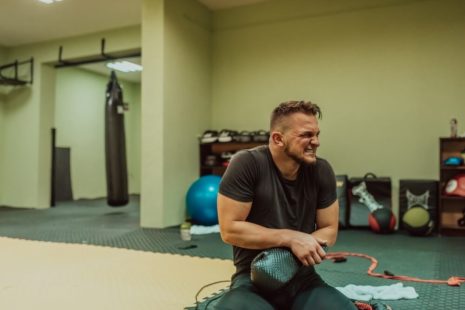Physical therapy is a cornerstone in the treatment of shoulder pain, designed to restore function, reduce pain, and improve mobility. Yet, not everyone experiences relief through physical therapy, which can be both frustrating and disheartening. If your shoulder pain isn’t responding to physical therapy, several factors could be at play. Let’s delve into some of the common reasons why physical therapy might not be working for your shoulder pain and what steps you can take next.
1. Misdiagnosis or Incomplete Diagnosis
The effectiveness of physical therapy largely depends on an accurate diagnosis. Shoulder pain can stem from various issues, including rotator cuff injuries, impingement, tendinitis, bursitis, or even referred pain from another area such as the neck.
- What to Do – If your treatment isn’t working, revisit your healthcare provider for a thorough reevaluation. Additional imaging tests like MRI or ultrasound may be necessary to get a clearer picture of the underlying issue.
2. Inadequate Treatment Plan
Physical therapy programs should be tailored to the specific needs and conditions of the individual. If the treatment plan is too generic or not sufficiently focused on the injury, progress can stall.
- What to Do – Discuss the specifics of your treatment plan with your physical therapist. Ensure it’s customized to address the root cause of your shoulder pain. Don’t hesitate to seek a second opinion if necessary.
3. Underlying Conditions
Certain medical conditions, such as arthritis, degenerative disc disease, or even diabetes, can affect healing and make physical therapy less effective.
- What to Do – Managing the underlying condition is crucial. Work with your healthcare team to address these broader health issues, which could improve your response to physical therapy.
4. Insufficient Intensity or Duration
Recovery from shoulder injuries can be slow, and sometimes, physical therapy needs to be more intensive or prolonged than initially anticipated.
- What to Do – Patience is key. Discuss with your physical therapist whether increasing the frequency of sessions or extending the duration of treatment could be beneficial.
5. Non-Compliance with the Home Exercise Program
The success of physical therapy often hinges on consistency, including performing prescribed exercises at home.
- What to Do – Ensure you’re adhering to your home exercise regimen as closely as possible. If the exercises are too painful or difficult, communicate this to your therapist so adjustments can be made.
6. Poor Mechanics or Posture
Sometimes, the cause of persistent shoulder pain is ongoing stress from poor posture or improper mechanics during activities.
- What to Do – Work with your therapist to identify and correct any biomechanical issues. This may involve ergonomic adjustments at work or changes in your daily routines.
7. Need for a Different Treatment Approach
In some cases, physical therapy alone may not be sufficient to resolve shoulder pain. Other treatments, such as injections, shockwave therapy, or even surgery, may be necessary.
- What to Do – Consult with an orthopedic specialist to explore other treatment options. Sometimes, a combination of treatments is the most effective approach.
Conclusion
If your shoulder pain isn’t responding to physical therapy, it’s necessary not to lose hope. Several factors could be influencing your recovery, and identifying and addressing these can pave the way for improvement. Communication with your healthcare provider and physical therapist is key to revising your treatment plan and exploring additional or alternative therapies. Every person’s body responds differently to treatment, and finding the right approach for your shoulder pain may take time and patience.




